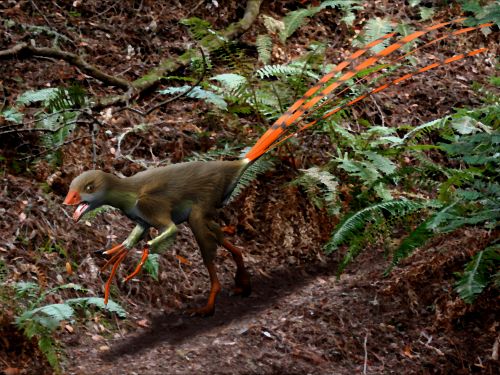THE GOBI DESERT is a vast and remote area covering nearly 1,300sq.km of Mongolia and the Chinese province of Inner Mongolia. It stretches from Siberian wilderness in the north to the Tibetan Plateau in the South. Starkly beautiful and mysterious, it has become one of the world’s most important locations for new dinosaur fossils – find more details of how you can come on an incredible adventure to have a role in this new wave of discovery below!
In recent years, many feathered species of dinosaur have been discovered In Mongolia and have helped firm up the evolutionary link between dinosaurs and birds. These include Gigantoraptor (the name almost sounds like a joke, but it’s not), a massive, parrot-beaked oviraptorosaur, which was 8m long and 4m tall. Found in the Gobi in 2008, it is one of the largest feathered animals ever likely to have lived.
Much smaller was pigeon-sized Epidexipteryx, found in 2005 in Inner Mongolia. Similar to Gigantoraptor, its feathers were not used for flight: it had a downy covering of fuzz for insulation and four long, ribbon-like feathers that emerged from its tail, and may have been used for display. Epidexipteryx’s strangest feature was its incredibly long fingers – its middle finger was half the length of its entire body. It may have used them to skewer grubs in treeholes, as the aye-aye of Madagascar does today…. CONTINUE READING
Image: Weird and wonderful feathered dinosaur Epidexipteryx (Credit: Nobu Tomura/Wikimedia)

Comments are closed, but trackbacks and pingbacks are open.